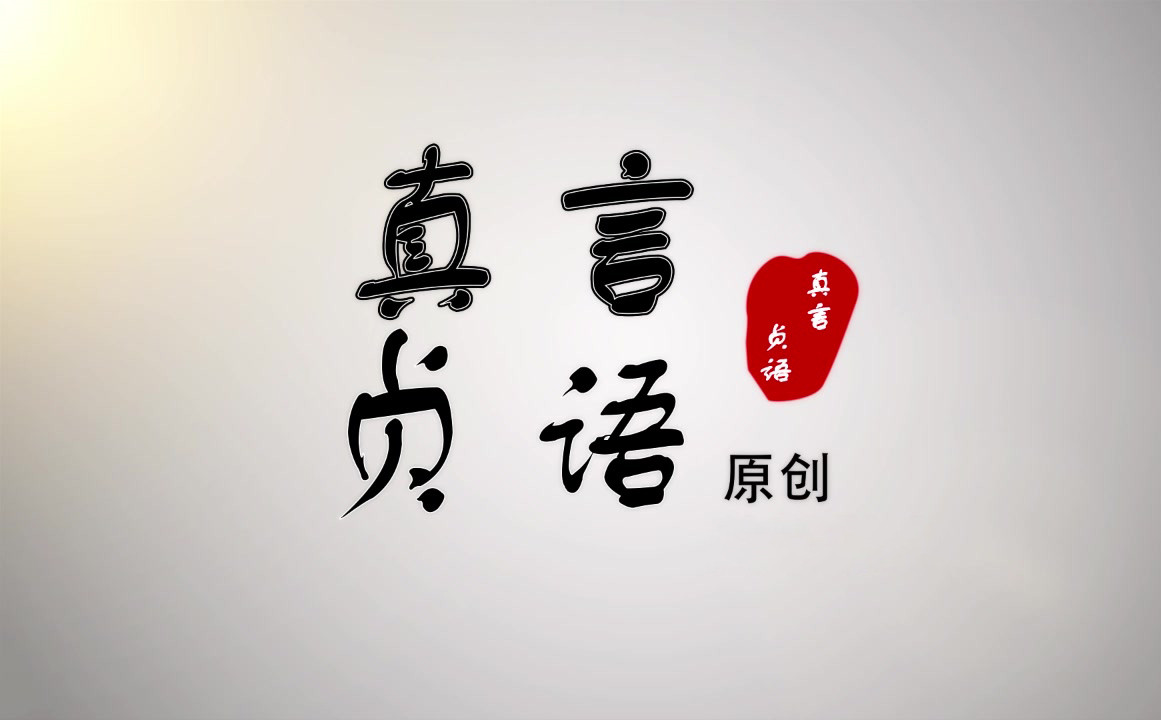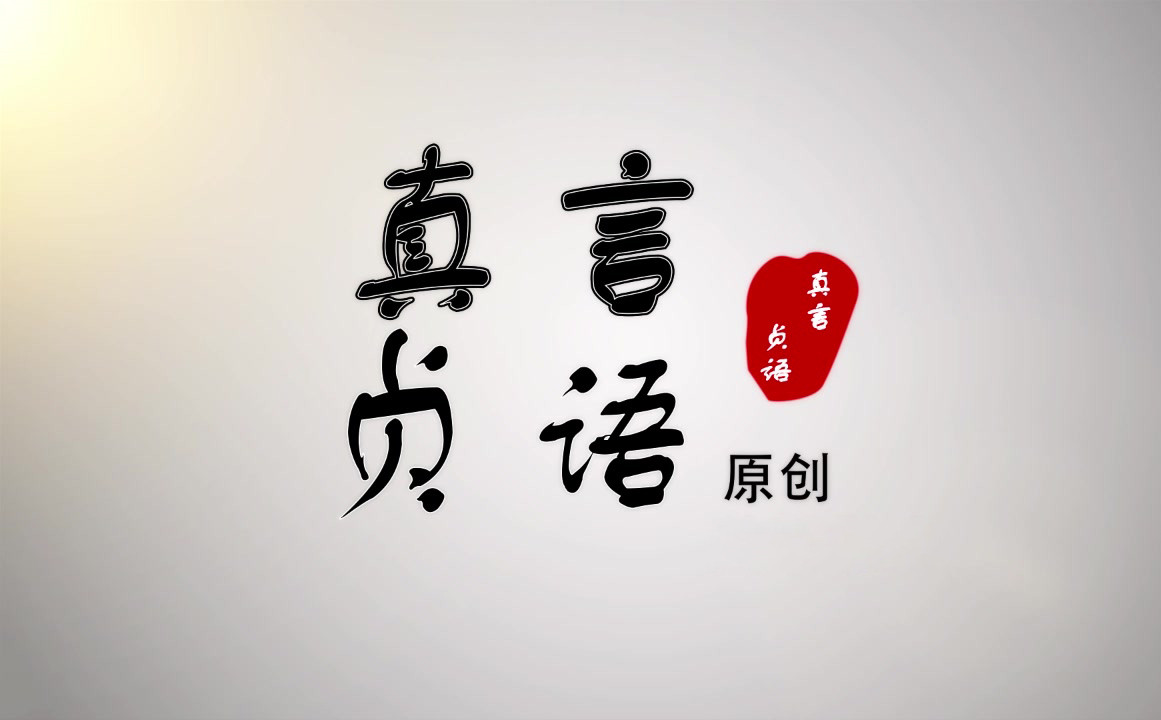Chen Dashan: Evaluation criteria accepted by readers
Author:Catti center Time:2022.09.09
Readers acceptance is an important area for translation research, but related research is still weak, some pay attention to theory, but the ideal color is strong; some pay attention to empirical, but the evaluation indicators are too single; some pay attention to perception, but the subjectivity is too strong, but the subjectivity is too strong The concept is blurred. Starting from the current status of this study, this article proposes three evaluation standards accepted by readers.
First, understandable, that is, translation allows readers to understand. This requirement seems easy to do, but it is not. Due to the influence of subjective factors such as lack of context, lack of cultural deficiencies, translation distance, meaning of words, translator's ability, and mother tongue interference, the translation of professional terms, the translation of poetry artistic conception, the translation of metaphor, the translation of metaphor, the translation of humor, The translation of riddle and Xieyu, the translation of dialects, the translation of mutual literature, the translation of cultural characteristics, etc. can all make the target readers confused. Translation, hard translation, dead translation, mechanical literal translation, arbitrary deletion of the original text translation, and machine translation can cause translation of obscure, unpredictable, logical confusion, lack of content, first and tail stagnation, significance and cultural gap. It can be seen that the translations that target language readers do not understand abound, and should be paid attention to.
Second, acceptability, including language expression, thinking, reading habits, expectations of vision, connection and coherence, ideology, values, etc. Highly acceptable translations conform to the language specifications of translation words, in line with the way of thinking of the target language, close to the reading habits of the reader of the target language, clear the similarities and differences between the concept of cultural concepts, and resolve the conflict of ideology and values. On the contrary, the translation language with low acceptance is rigid, rigid, poor in sentences, inadequate texting, improper information on the focus of information, serious Chinese English or Europeanized Chinese, and the structure arrangement of the language is violated with readers' expectations. Reading the translation has become a heavy burden. "Chinese Pinkham" author of "Chinese English" lists a large number of Chinese English English as a foreign expert perspective, which is enough to explain the universal existence of unacceptable translation. When it comes to ideology and values, translators often adopt an obedient or resolution translation strategy in accordance with their own positions and attitudes when dealing with their own positions and attitudes to achieve cultural specifications and readers looking forward to the target language.
Third, readability, that is, the translation is in terms of content, style, information, literature, and artistic. On the surface, readability seems to be only applicable to literature, and the actual situation is not the case. Is there no readability for non -literature? Obviously not. For non -literary texts, readability focuses on things, accurate information transmission, vivid and interesting language, distinctive style, and own unique style. For literary text, readability focuses on literary, artistic and aesthetic value. In many cases, literature and non -literature do not have a clear limit.
From the perspective of conceptual connotation and composition, the understanding of understanding, acceptability, and readability has its own emphasis. The constituent elements have their own differential characteristics, and the content refers to different content. Therefore, from the perspective of the reader's perspective, the effect of the translation of the translation is one -sided by any standard. Only the combination of the three can form the evaluation system accepted by the reader. From the perspective of the logical relationship of three standards, understanding allows readers to "know", acceptable to readers "good", readers "enjoy", this is the "who knows that knows that the one who knows is not as good as good Three realms of those who are good than those who are not as happy. " Among them, understanding is the minimum requirements, readability is the highest requirement, and acceptability is located between the two. In terms of applicable scope, these three standards can be used to evaluate all types of text types. Any translation has understanding, acceptability, and readability of any translation, but only focuses on different focus and degree.
After defining the connotation of concept and establishing the evaluation standard, it is the specific operation method of translation readers who accept the evaluation. The first step is to analyze the type of text of the translation and establish the weight and proportion of questionnaire design. If it is a literary translation, it is recommended to be allocated at a ratio of 3-3 to 4, you can understand 30%of the understanding, the acceptability of 30%, and the readability of 40%. If it is a non -literary translation, it is recommended to allocate according to the ratio of 3-4-3, because for non -literature, readability is not the most important evaluation indicator. The second step, according to the constituent elements of the evaluation indicators, find the corresponding investigation problem in the translation, design the reader questionnaire survey, and determine the level and degree of understanding, acceptability and readability. Whether the questionnaire survey design is scientific and reasonable, this is the key step of effect evaluation. The third step, according to the type and difficulty of the text of the translation, determine the surveyed reader group that matches it. The choice of readers should fully consider its knowledge background, education level, and professional level to ensure the validity of the questionnaire. The fourth step is to design questionnaires, the number of trials, the time of answering, and the recycling of questionnaires to improve the investigation effect of the questionnaire. The fifth step is to use relevant knowledge knowledge to analyze data statistics and qualitatively on the effective questionnaires recovered, and write research reports or research papers.
In order to improve the reliability, validity, depth, and breadth of readers' evaluation, it is recommended that the written questionnaire survey and face -to -face interviews are recommended. Theoretically, the more the number of questionnaires, the larger the sample, and the higher the validity. However, from the actual operation level, there are too many questionnaires, too much reading, and the investigators may feel very troublesome, so they do not take it seriously, affecting the expected results of the evaluation. To solve this problem, researchers can make several face -to -face interviews on the basis of written surveys. The problem of inconvenient in writing can communicate in depth through the discussion, so as to receive unexpected good results. Once you enter the publishing, circulation and communication stage, the translation is a life body that exists independently from the original text. Whether it can survive in an unfamiliar environment and bloom results depends on the understanding and acceptance of the target readers. In addition to the reader's response, the acceptance effect of the translation also includes the sales volume of the translation, the amount of borrowing of the library, book reviews, references, and mainstream media reports. This article focuses on the reader's perspective, and the standards and methods of other acceptance effect evaluation are not within the scope of discussion. Of course, emphasizing readers' acceptance does not mean that it violates the principle of loyalty of translation. The translation of loyalty to the original text must also be readability, understanding and acceptability at the same time. Otherwise, the translation will lose its function and role.
Author: Chen Daliang
Source: Journal of Social Sciences of China
- END -
Life enters the ancient age, the life of the benevolent -prose of Wang Shijun's poems

Wang Shijun's original poetry prose1. Gu DangeLife enters the ancient age, and the...
Li Shouqian's original 丨 language, religion and others

Language, religion and othersText/Li ShouqianThe Chinese culture is profound and f...